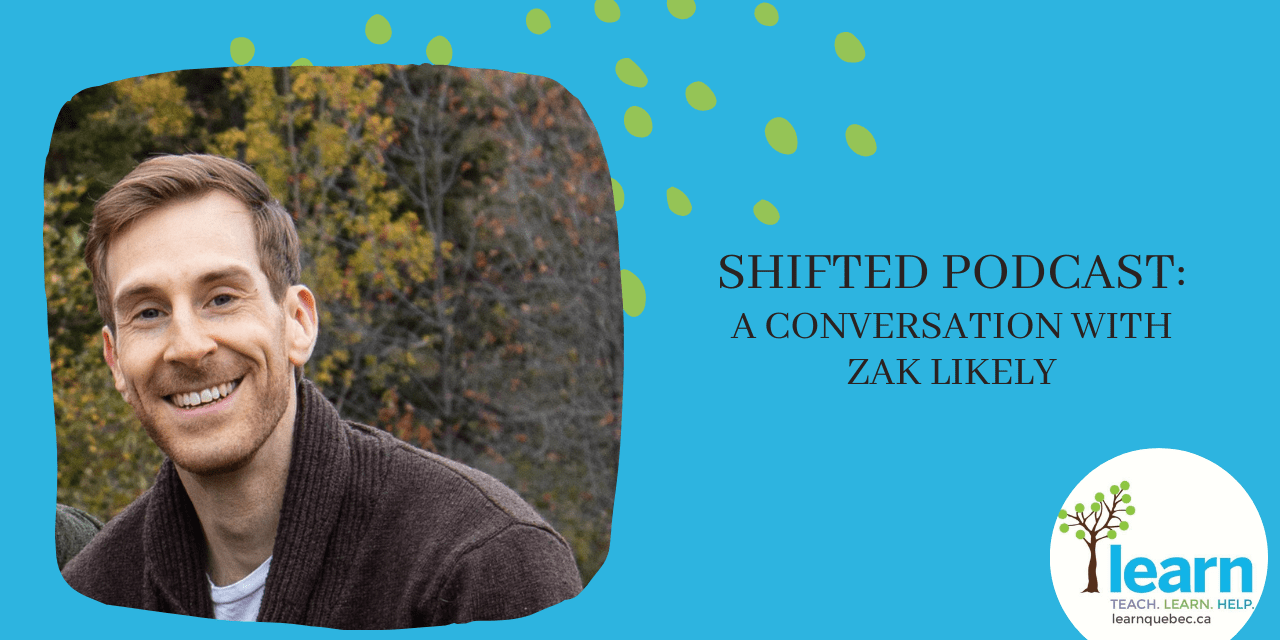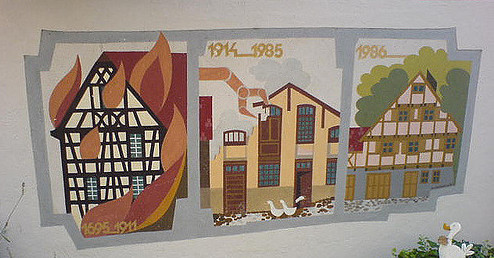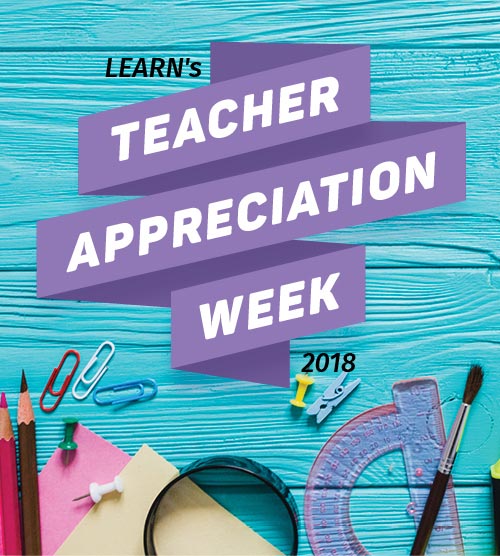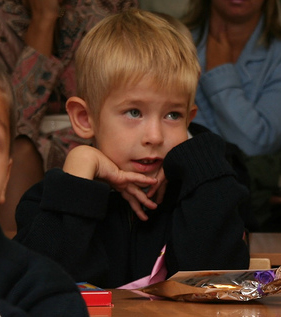For this episode of the ShiftED podcast I met up with Eastern Shores School Board’s Math and Science consultant Zak Likely to discuss how our most eastern English school board is coping with the ever-changing reality of a Covid-19 world. Zak and I discuss the evolving educational practices that have surfaced since Spring 2020, such as rich tasks in math, strategies for engaging online learners and how he supports his teachers at his board. We end the conversation with utopian ideas on how Covid-19 has and will continue to transform how we teach & learn in our educational system. It’s a great listen. Enjoy!
Transcript
edited for readability
Chris Colley: Welcome back to this edition of ShiftED. We’re talking with educators across Quebec about how the educational system has shifted a little bit since the pandemic has started up. I have the great pleasure today of welcoming Zak Likely from ESSB, which is the Eastern Shore School Board. He is a consultant in Math and Science and we’ve been talking with people throughout Quebec at various school boards to see what they’re doing. Now we’re going to go way out East. The farthest east I think possible, right Zak?
Zak Likely: Definitely! Yeah I’m located in Gaspé village and it is as far East as we can get.
Chris: Awesome. So, Zak, welcome to our ShiftED podcast today. I really appreciate you sharing a little bit of time with us today.
Zak: That’s my pleasure, thank you so much for having me.
Chris: Yeah, so let’s just start off. I want to just situate ourselves a little bit with your school board and how things went on that initial shutdown phase. So, if we rewind the clocks a little bit and we roll back to March – I know it’s not the best of times and we kind of want to forget them a little bit – but, could you tell us how your system reacted, how your school board reacted, to when we had that initial shutdown in Spring?
Zak: Definitely! So, I like to think our school board jumped right into action. From the top down, our DG came up with an excellent plan: a three-point plan to tackle this closure and how we were going to go about helping out the teachers to work within the school closure. Our secondary schools were fortunate enough to go online and our primary schools went back in person after a short closure. So, we focused quite a lot of our energy on starting out with how teachers would communicate with students. So, the Ed Services team jumped into action and we created some PD around using Zoom to communicate with our students. That was our video conference software choice and we jumped right into it and we provided what we called Zoom 101 and Zoom 202. Zoom 101 was your basic: ‘here’s how you get on Zoom’; ‘here’s how you log in’; ‘here’s how you schedule a meeting’… Then, with Zoom 202, we went a little bit further with how to use some of the features to really engage students and try to drive participation in an online environment.
Chris: Right, it’s super interesting. How were your courses received? Did you have more people wanting to go do the 101 as opposed to the more of the integration session? How did that split up originally?
Zak: Our attendance was really good for the 202 session, like you had said. A lot of teachers were familiar with the software and getting logged in already having practiced with other meetings or other PD conferences that they’ve been to. But, the Zoom 202 where we talked about engagement and structuring lessons in Zoom and using the features on there was really well attended. We got some really great feedback from teachers on their appreciation of us incorporating the above and beyond and talking about engagement and participation.
Chris: What were some of the the highlights of that training? What were some of the feedback that you got? Like, “this was really great to know,” you know? Or like, “this will really help me with…” Can you share a little bit of that with us?
Zak: There was a lot of interest in the breakout rooms being able to create small groups and having the students participate in smaller groups. Students tend to feel a little bit more comfortable when they’re not exposed in the large group. They feel more comfortable to speak in small groups. We also spoke a lot about doing surveys – getting some sort of instantaneous feedback from the students. One of the great things we did was, we showed them multiple ways to do surveys. You’re not just locked into one. We showed them how to use…let’s say, Google Forms. We talked a little bit about Pear Deck…You know, using things like Kahoot! and Quizlet, as well as the Zoom survey features in order to get some of that feedback. If a student isn’t as vocal as you want them to be, maybe you can get them to respond through a survey. So, that had a lot of good feedback and they liked the fact that it was instantaneous. They could use it for their formative assessment and they found it very beneficial.
Chris: That’s great. Great ideas. We’ve been doing a lot of that too, getting surveys out because it’s hard to get kids to participate online if they don’t feel that connection to the teacher or, you know, to the course or some connection, personal connection, if that’s not created. So, can you talk a little bit about that? What were some of the ways…? So, the surveys were good help but were there other techniques or things that you talked about with teachers on how to create that relationship online?
Zak: We tried to talk about focusing on relationships. Luckily, a lot of those teachers had formed some bonds throughout the school year with their students, so they had some of that carry over into the online environment in March. But, starting off with a simple check-in…You don’t have to jump right into the lesson. You can check in, ask how people are doing, what they did last night. Try to create a personal connection. Let them know that it’s not all about the curriculum. It’s not all about your ‘two-plus-two’s. It’s, you know…Also, how are you doing, you know? What are you doing in this time? How are you coping with everything that’s going on? Trying to create some of those relationships and building classes around not just your traditional lecture style. Allowing time for brain breaks to give them a little break from the curriculum. Let them do some exercise, some jumping jacks, and you know, do that with them! Let them see you do it too because you’re a human being, you need a brain break just as much as they do! So, doing things like that I found to be very beneficial.
Chris: That’s great – some really creative ideas there Zak. I was talking with an Assistant Director-General about creativity and he was saying how creativity has started to expand more than he’s ever seen just because we’re having to figure all this out again. So, creativity as you’re explaining… [it’s] really interesting how we’re adapting to these new environments. Zak, tell me a little bit about some success stories. What are some some of the big successes that you feel have improved in the educational system in this pandemic time?
Zak: Some of the big successes that I’ve been thinking about is… teachers adopting new technologies. They were forced to go online but a lot of teachers have really embraced that and they’ve adopted new technologies and new tools to help improve their practices. So, they’ve taken this obstacle and they’ve turned it into an opportunity to expand their teaching and expand how they deliver their content. Things like…I have teachers starting to use interactive tools within Google Docs or Microsoft Office 365, whatever software they’re using, to allow students to interact in an online environment and then realizing they can then take this back into the classroom with them. These things don’t have to stay online. They can travel back into in-class activities as well. So, a huge success, I think, is some of those teachers that are adapting and growing and improving their teaching practices in this crazy time we’re living in.
Chris: Yeah, absolutely. Those sound pretty wonderful. It’s great when teachers get that spark going in them again and the creativity and, “Okay, I’m going to try this and try that.” Not being afraid of trying things out with your students and allowing for failure too, right? I mean, we learn through this idea that we can fail forward, you know? To keep moving forward and failing is going to help us keep that momentum going. So, as these successes are happening Zak, what were some of the biggest challenges that these teachers were encountering as they were going through this transformation of changing their practice to more of an online delivery? What were some of those challenges that you guys were facing at Eastern Shores?
Zak: A lot of teachers were running into the challenge of engaging all learners – from a student that needs differentiation to the student that needs enrichment. How can we make sure that we reach all of these students? Which I don’t think is an issue that is isolated to online but it just drew it out to the forefront and allowed us to discuss it even more. So, that brought me to a passion project that I’ve started that’s been dubbed the ‘Rich Task Force,’ which is a great project that I’m really excited about. It is using the progressions of learning and selecting rich tasks that can engage all learners. You’ll hear it called sometimes, a ‘low floor, high ceiling’. Sometimes, you’ll hear, ‘multiple entries, multiple pathways, multiple exits.’ I like to call it ‘accessible for all’. So, we are taking rich tasks and aligning them to the progressions of learning so that teachers have a bank of these excellent tasks that can be used online or in-person. That can really help them meet the needs of all those learners and be able to drive conceptual understanding of mathematics. As well, it is a formative assessment tool to see how that learning is going within all students not just your middle-of-the-road student. We’re trying to reach those that need the most support and those that need the most enrichment.
Chris: Absolutely. Could you give us an example of what would be a ‘rich task’? I mean, you don’t have to get too deep into it but could you give us a little example of what that might look like or feel like?
Zak: So, one of the favourite formats of mine is a three-act math task. I use them in the classroom and I share them with teachers as often as possible. So, a three-act math task often starts with just a simple image or video and the question: ‘what do you notice?’ [and] ‘what do you wonder?’ and any student can notice something and any student can wonder something. And, all of a sudden, you know even if someone says that guy’s wearing a blue shirt – you’re totally right, that’s a good notice – we’ve drawn somebody in and then we go from there and we reveal a little bit of information. Once the student wonders, you know, the driving question, if you will, then we really reveal a little bit of information to them and say, “OK, where do we go from here?” Let’s make an estimate. Let’s get our thoughts out in the open. Let’s have some discourse and then we give them the big reveal where we give them the numbers we want them to work with. We ask them to solve the driving problem – the big question behind it. So, I love problems like that because it allows for everybody to come in. It allows everybody to be engaged in part of the problem and then there’s a lot of different ways we can go within it. So it’s allowing everybody to have some success and we can build off success.
Chris: That’s amazing. It really puts the student at the center of the problem as well, right? Where their experiences are necessary for them to move forward, correct?
Zak: Exactly. We always want the student to be the center. We want the students to do the talking. We want the students to do the thinking. When I was in the classroom, I always used to joke with my kids: if I do my job correctly, I won’t have a job anymore because you’re going to do all the talking, you’re going to do all the thinking! Hey, maybe they’ll still pay me to sit in the back of the classroom and relax while you guys figure this whole math thing out. I don’t know if my principal found it funny, but my kids laughed so that’s the most important part.
Chris: So, you used to be a teacher in the classroom and now you’ve shifted to the consulting dossier, right, for Science and Math. Let me ask you: What have you found is the most effective professional development that you’ve offered teachers? What’s some of the good stuff, you know? Where you know that the teachers are leaving with something that they can actually go and implement or try out. Could you talk to us a little bit about the kind of PD that you find is most effective in these times?
Zak: Definitely. So, in these times, the PD that I found to be most effective and gotten the best feedback about is, asynchronous, teacher-centered PD. I love the idea of allowing teachers to work at their own pace. We can’t say you have to be on Zoom with me from this time to this time. It doesn’t work for everybody. So, providing them with some sort of asynchronous lesson or choice board is one that I’ve used a lot with my teachers lately. I’ve really been enjoying providing them with a choice…allowing them to choose what they want to learn, when they want to learn it, as well as meeting them at their level. No two teachers are at the exact same level when it comes to their PD needs, so I don’t want to sit there and show an experienced teacher how to log into Google Classroom. I also don’t want to show an experienced teacher how to assess mathematics online when there’s another teacher beside them who can’t log into their Google Classroom. So, something like a teacher choice board with little modules built in, where they can choose where they’re at and start building their capacity from there. I think, again in the classroom, I was all about being student-centered and when as a consultant I’m all about being teacher-centered.
Chris: Right, right. And those are great models too, to demonstrate to teachers that they can then bring them back into the classrooms as well. I think it’s the models that consultants are showing teachers, that are having a real effect on the students as well, which is really great. I love that idea of choice boards because we know students also want to have choice, as you were saying before. Every kid is at a different level. Every teacher is at a different level, so we have to meet them where they’re at. I think when you give choice to them, magic can start to happen.
Zak: Most definitely. When a student has control over their own learning, you drive engagement. When they feel ownership, they feel pride, and they can have success and that’s what we’re here for.
Chris: Absolutely. So Zak, we’re going to just kind of wrap up. Again, I really want to thank you for sharing your thoughts and taking some time to have a chat with us today. I’m going to ask you one final question. This is kind of, more of a ‘touchy-feely’ kind of question, but how do you think education is going to change? How is it going to be different in a year from now or two years from now, based on what we’ve experienced over these last nine months?
Zak: I’m going to say: these are my hopes, this is my vision for where education’s going to go. Like you said, ‘touchy-feely’, right? We’re going to talk about hopes and dreams but I really hope that this change that we’ve been forced into, this crazy situation, is going to allow teachers to reevaluate how they do things. Shift away from these summative assessments that you know drive our education and move towards formative assessment. Assessment for learning, not of learning. How can we drive that forward? Again, using these rich tasks that I’m so enthusiastic about. Using those as formative assessment tools when those students talk to each other. Use that as an assessment basis. Have the students talk to one another, and you’re just facilitating the conversation. The teacher is along for the ride and the students are driving this whole education system that we have. So, that’s my hope, that we move away from the structure that we have now. This crazy time allows us a little leeway, a little bit of slack, if you will, to start experimenting and trying new things because the whole structure of education right now is different and new. So, let’s do different and new things within that structure.
Chris: Absolutely, I mean if there was ever a time to change, it’s now. Or to try things out or see things differently in the educational world because it has been pretty static, you know, over the last decade or so, right? Where it is very much content delivery, you know, then you have your summative exam, your worksheets, your tests, your quizzes. So, seeing that shift, I’m on your boat. I’d love to to see that evolve as well.
Zak: That’s the hope. That’s the dream, right? Like you said, we’re going to take this obstacle and we’re going to turn it into an opportunity for growth.
Chris: Absolutely, absolutely. Well, those are wonderful words to end on Zak. Again, thanks so much for talking with us this morning and I really hope that you have a great end of the year. Stay safe, stay strong, stay hydrated, and good luck in the time to come, in this pandemic time. Things will change eventually, but now is where we really have to push through, eh? It’s the tough times, right now.
Zak: What do they say? ‘It’s always darkest before the dawn.’
Chris: Very true. Very true. All right my friend, you be good and we’ll talk soon. Thanks a lot.
Zak: Thanks for having me. It was a pleasure.





